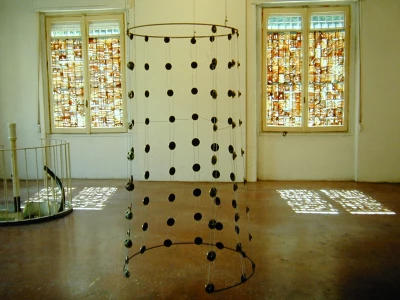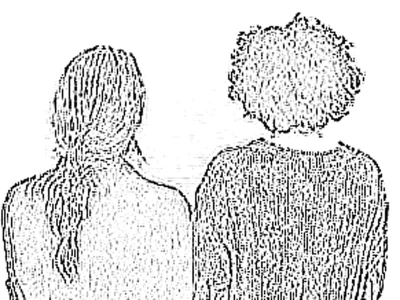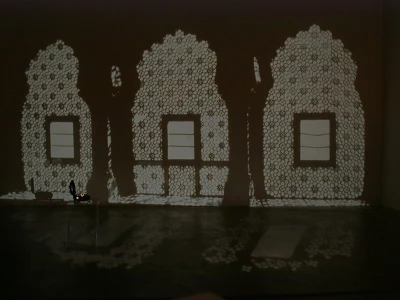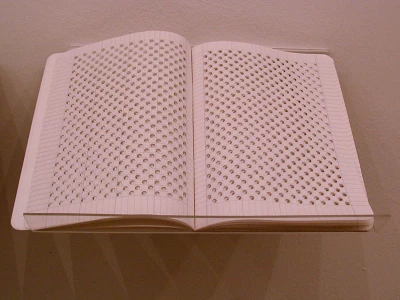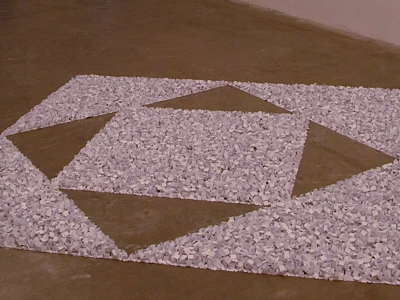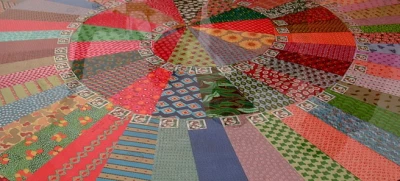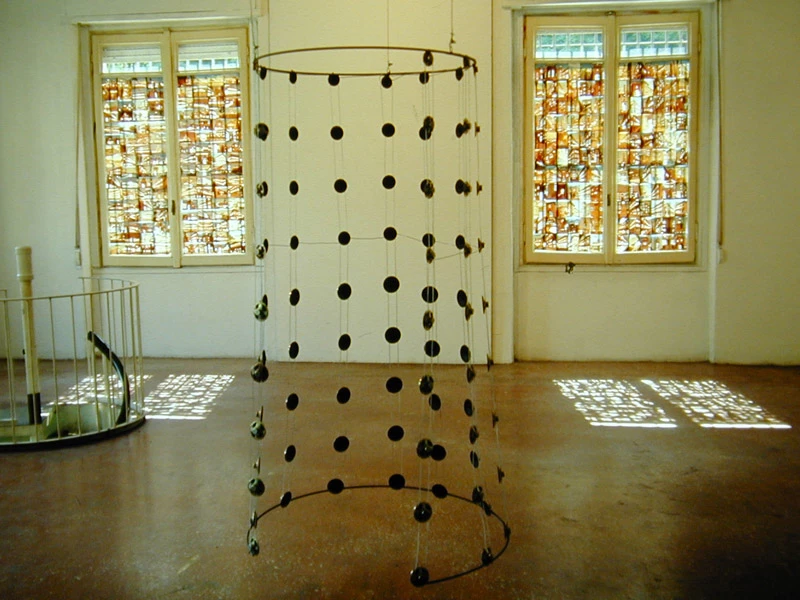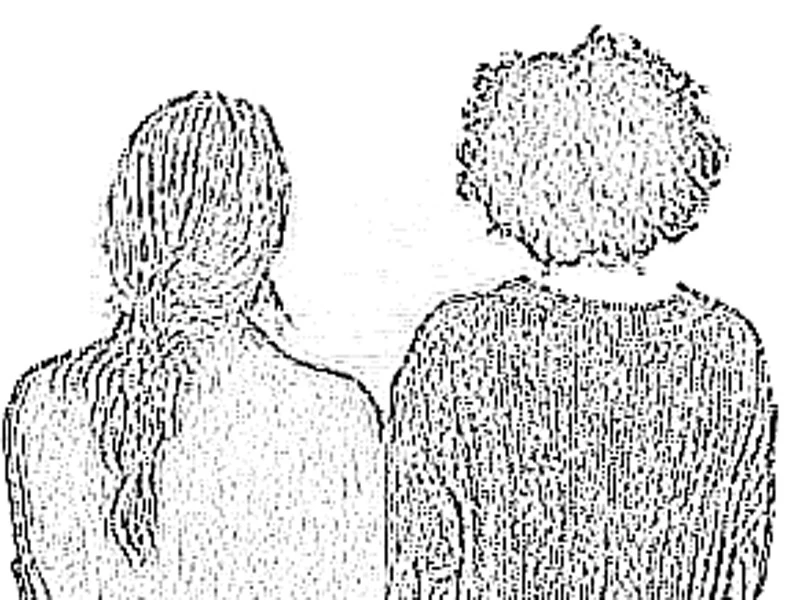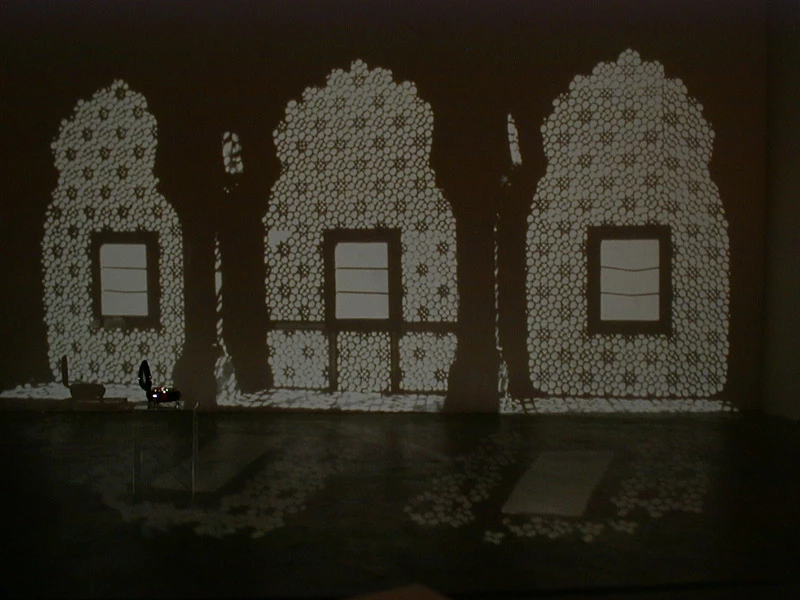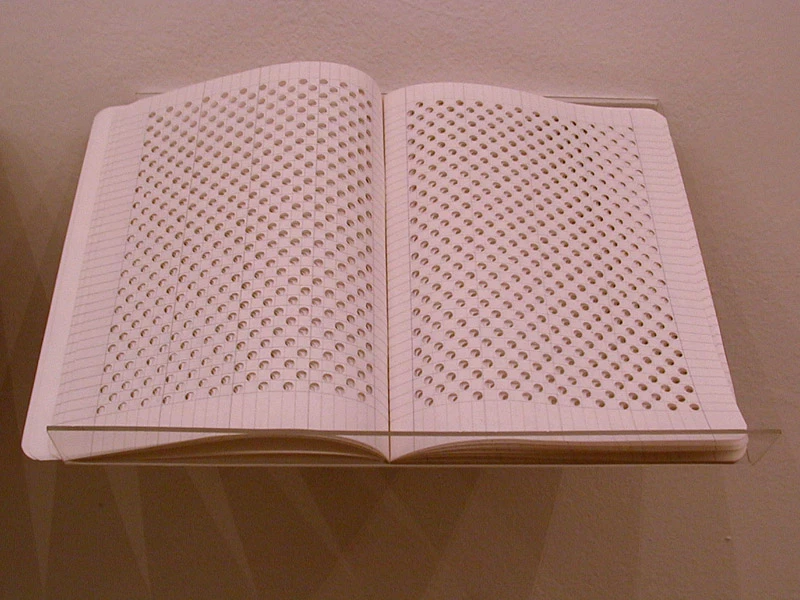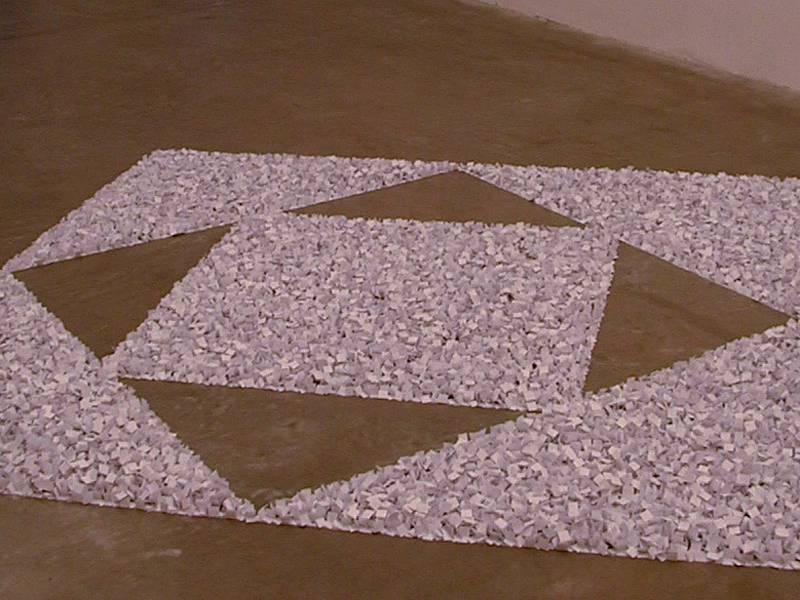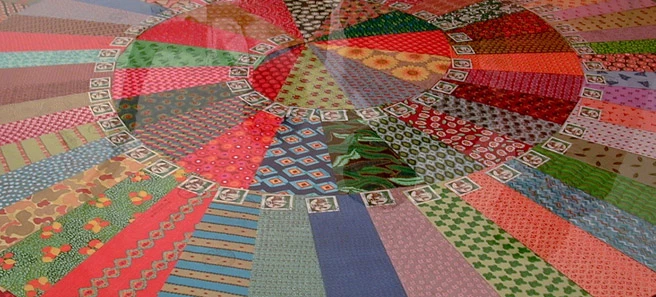Sabrina Mezzaqui e Sabrina Torelli + My best fried? “My self”
Curated by Alessandra Galletta
10.05.1998 - 31.05.1998
Sabrina Mezzaqui and Sabrina Torelli, with courage and conviction, have drawn art into the whirlpool of repeated gestures, compelling it to examine the variety those gestures conceal. Even their shared first name repeats — a coincidence that would not have escaped Carl Gustav Jung, who might have seen in the Sabrinas an unexpected reversal of the age-old divide between men and women, between art and craft.
In Sabrina Torelli’s work, there is something reminiscent of residue — the excess that slips through the visual net, the daily dispersion of micro-fragments of perception. These formless remains typically need to be shaped into a sharp, visible, synthetic sign in order to be recorded. But Sabrina T. seems intent on giving consistency precisely to these liquid, immaterial segments that form the background to intuitions, feelings, and visions.
The voice, the corporeal or technical sound, is the "pencil" with which Sabrina T. molds her three-dimensional sensory presences. The “leftovers” of earbud tips — the tiny discs that compose them — intertwine with the impalpable mesh of tulle she uses to build a curtain where everything is transparent, where the fiber of song joins that of light to sustain the walls. The smell of electricity offers a counterpoint to a self-portrait projected upside down in a micro monitor — almost a symbol of the mysterious unity and completeness of each of the millions of cells making up an organism.
In Sabrina Mezzaqui’s work there is a sense of something unfulfilled. It doesn’t stem from lack, but rather from the ambiguous pleasure that binds the submerged ritual of repetition to the desire to crystallize it into a form that is “unrepeatable.” It’s very much like writing, which needs constant back-and-forth between the mind that conceives it, the hand that executes it, and the ear that listens to its rhythm. The sense of unfulfillment here is not dissatisfaction, but a positive dream — one that always leaves open the possibility of dreaming again.
Thus, with hundreds of postcards of Bologna, cut and applied to windows, Sabrina M. creates a “medieval stained glass window”, or perhaps an unexpected curtain for a nighttime cityscape — or something else altogether. The images peer out from this window just as they do from her dreams, transcribed onto transparent sheets. Repetition dances before the eyes, synchronizing sight and thought, revealing the unresolved ambiguity of the images and gestures we enact or imagine.
Francesca Pasini
In the Careof video room:
The latest work by Gunther Solo: My Best Friend? "My Self"
Curated by Alessandra Galletta
